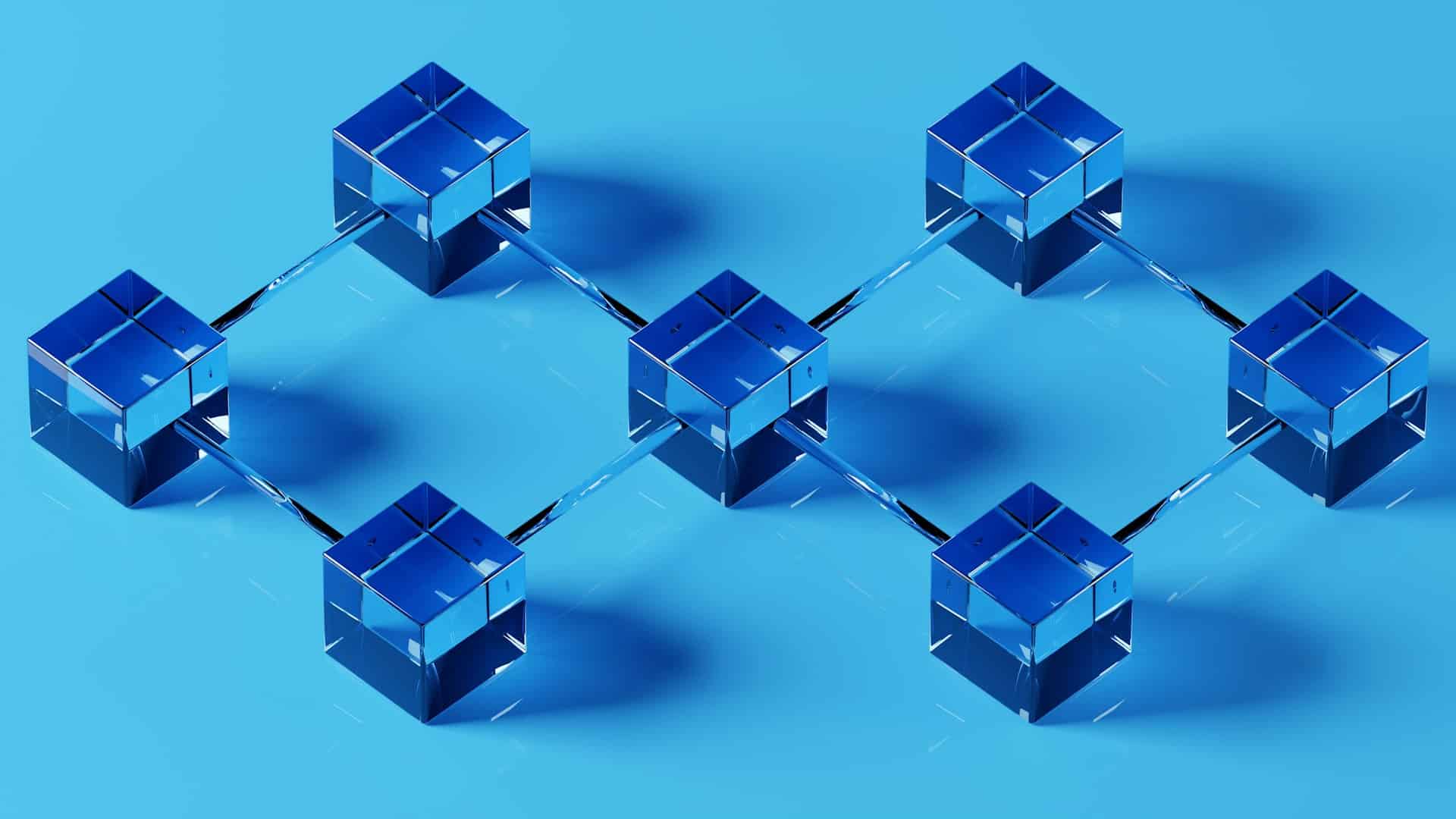Decentralized Physical Infrastructure Networks (DePINs) are bridging the gap between the physical and digital realm by levering the power of tokenization.
Posted January 30, 2024 at 5:53 am EST.
Ventures utilizing blockchain technology have made significant steps in industries like gaming (GameFi) and decentralized finance (DeFi). DePINs continue the disruption trend, focusing on building and maintaining infrastructure in the real world.
Read on to learn what DePINs are, how they work, and about their potential impact on the crypto ecosystem.
What Is DePIN in Crypto?
Decentralized Physical Infrastructure Networks (DePINs) are decentralized, blockchain-based projects that use a token incentive approach to build and maintain physical infrastructure, including power grids, file sharing, cloud networks, mobility networks, and wireless networks.
Existing physical infrastructure relies on centralized entities making heavy investments to build and maintain them. The high entry barrier leads to the creation of monopolies that tend to be lax on innovation due to the lack of competition.
The idea behind DePINs is to flip this model upside down by creating a democratized version of building infrastructure using blockchain technology and token incentives.
How do DePINs Work?
The idea behind DePINs is using tokenization to bring globally distributed individuals together to collectively bootstrap a network while applying the technology and principles of blockchain technology.
The supply-side participants bear the building and maintenance costs and receive tokens for their work. Once the infrastructure base is complete, users can pay for network access.
Ideally, this starts a cycle where increased demand fuels more supply due to the rising value of the tokens.
DePINs rely on four main components:
- Token incentives: Service providers receive tokens for their efforts. Some projects apply the static rewards structure, where participants receive tokens when engaging with the project. Others use the dynamic rewards structure, which relies on multiple dimensions to determine the number of tokens a participant can acquire for a certain action or service.
- Blockchain architecture: The projects rely on a blockchain architecture that forms the center of the token economy. The blockchain architecture includes smart contracts that execute predetermined rules on token rewards, user fees, and other network rules.
- Off-chain computing infrastructure: Using intermediaries, such as oracles, DePINs connect real-world data to the blockchain.
- Physical infrastructure network: Various DePINs require physical infrastructure for their operations. Mobility networks need vehicles, wireless networks need hotspots, cloud networks need servers, and energy networks need solar panels.
Benefits and Drawbacks of DePINs
Let’s explore some of the pros and cons of Decentralized Physical Infrastructure Networks.
Pros
- Cost-effectiveness: The sharing economy model that DePINs use shares the responsibilities and costs of infrastructure development and maintenance among the supply-side participants. This reduces the costs, allowing users to access the services at a fraction of the price of centralized PINs.
- Decentralization: Users don’t have to depend on a single entity that can use its monopoly to price gouge or be lax regarding innovation.
- Resiliency: DePINs eliminate the single point of failure by decentralizing the infrastructure, thus limiting downtime and attacks.
Cons
- Raising the initial funding: Before users can access the DePINs, the infrastructure must hit a certain threshold. Incentivizing supply-side participants to build the network requires funding, which might be challenging to raise.
- Dilutive incentive models: Projects struggle to find the right balance to determine the number of tokens to issue and their value to incentivize participants. Failure to find the right balance can lead to a dilution of the tokens’ value at a later stage.
The Potential Impact of DePINs on the Crypto Ecosystem
DePINs have the potential to advance the Web3 ecosystem by addressing some of the challenges associated with the reliance on centralized infrastructure. Their decentralized nature allows for the creation of adaptable and robust infrastructure for decentralized apps.
An example of the potential impact of DePINs is the Render (RNDR) project. The project’s creation date coincided with the global surge in demand for GPUs. Its creators claim it can potentially disrupt the 3D Graphics industry by offering high-quality rendering services at relatively lower costs than its centralized competitors.
Successful DePIN projects are bound to increase crypto adoption. More people can get involved to build infrastructure to bring costs down collaboratively. This will allow them to take on monopolies that take advantage of their market dominance to charge a premium for their services. Successful stories are bound to increase awareness of the benefits of democratizing processes through decentralization.
The Bottom Line
DePINs help bridge the gap between the digital and physical realms and present new use cases for decentralized governance and collaboration. The projects present benefits like low costs and network resiliency.
However, they face funding challenges to hit the threshold scale to offer value to users. Additionally, the dilutive nature of the rewards can prove challenging when scaling.
DePIN projects that address these challenges and identify valid use cases have a promising future.
This article was originally published by a unchainedcrypto.com . Read the Original article here. .

